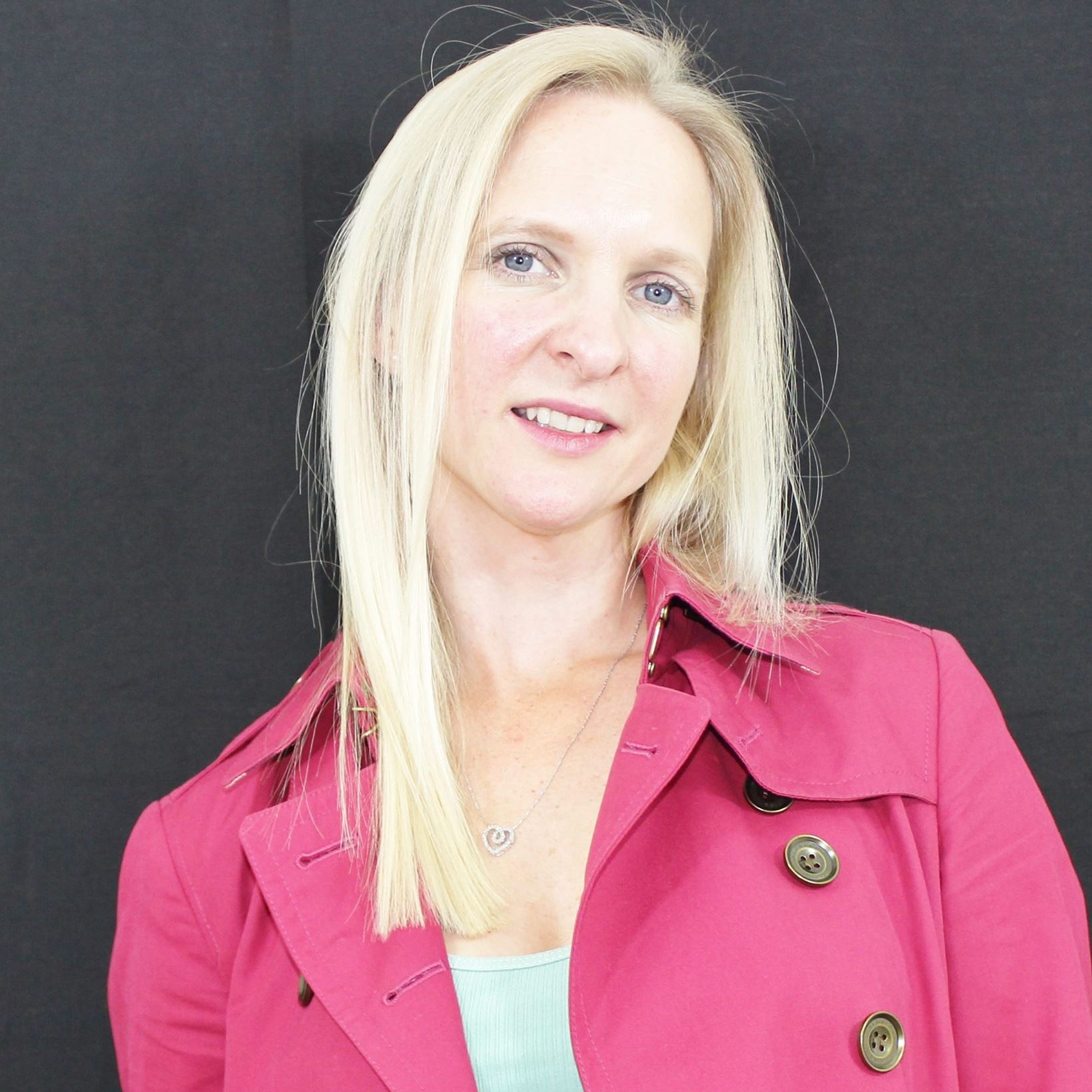
The main goals of this ESL lesson plan are to:
- – Contrast active versus passive voice through error correction and gap-fill exercises while building news vocabulary about censorship and media categories in this upper intermediate english lesson.
- – Discuss media censorship by reading about who decides what content gets censored and engaging in opinion-sharing activities for adult english lessons.
- – Watch videos about censorship introduction and complete comprehension exercises about media control while practicing news-related vocabulary using these english teaching materials.
In this Upper-Intermediate ESL lesson, students will discuss what content is censored in the media and who decides what should be censored. The lesson mostly focuses on the vocabulary used in the news. Additionally, students will revise the use of the passive voice.
Introduction
The lesson starts with a matching exercise where the student matches the news categories with the news headlines.
Reading: In recent news…
The student reads a paragraph about the recent news, paying special attention to the passive and active voice.
Grammar: The active vs. the passive voice
The active and passive voice are contrasted and exemplified. To practice, the student reads sentences in the passive voice, finds the mistakes and corrects them. Next, they fill in the gaps with the correct form of the passive.
Reading: Discussing news
The student reads a dialogue about different news sections and ways to stay up-to-date. New vocabulary is extracted from the dialogue for the student to fill in the gaps. (Synonyms are given in the brackets.)
They read news of the day and learn some topic-related vocabulary (spectators, forecast, intermittent, etc.).
Reading: Censorship
The student reads a text about censorship and does a multiple-choice exercise related to the text.
Video: The introduction of censorship
The student watches a video about the introduction of censorship and learns who censors material and why. Finally, they share their own opinion on censorship.

What Do Animals Really Understand?
The main goals of this ESL lesson plan are to:
–…
How Much Money is Enough?
The main goals of this ESL lesson plan are to:
–…
Eyes Wide Shut: Why We Fail to Recognize Our Mistakes
The main goals of this ESL lesson plan are to:
–…


